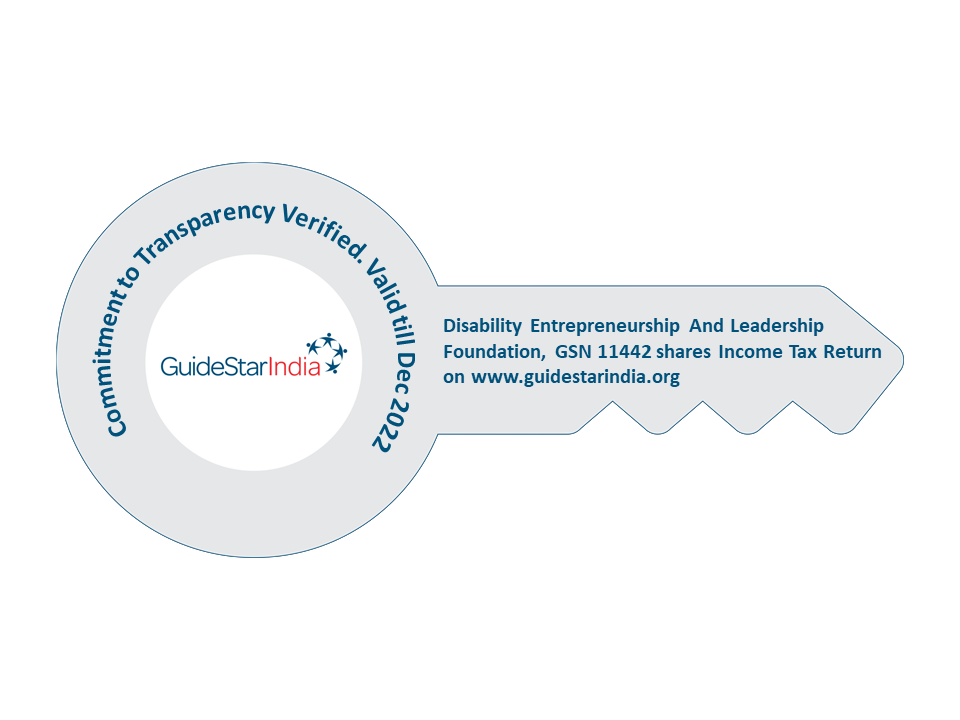Welcome to understanding the 5th series of health and well-being, helps promote sustainable livelihood.
I just hope these cards containing valuable information has been helpful in maintaining a healthy life.
Like I promised you in my last blog, here I am with more interesting and important information.
Before that for the benefit of those of you reading this article for the first time let me quickly brief on how the game goes.
The cards will be distributed equally among the players without disclosing the cards. Each player will arrange cards in a neat pile without disclosing the details of foods. In the first round the topmost card will be picked up by the first player and name of the food and main nutrient content will be announced loudly. Other players will then open their respective topmost card and compare values announcing the good and the respective nutrient. The player who declares highest nutrient content will win all the cards. The game continues and the player who accumulates more cards will be the winner.
Colocasia leaves (Taro leaves):
Taro (Colocasia esculenta) is a tropical plant widely grown in Southeast Asia and Southern India . Taro root is a commonly eaten vegetable and its leaves can be cooked and eaten too. Taro leaves are heart-shaped and deep green in colour. They taste like spinach when cooked.
It consists of the following nutrients:
Per 100g
| Vitamin A (pg) | 1284.75 |
| Calcium (mg) | 227 |
| Energy (Kcal) | 56 |
| Protein (g) | 3.9 |
| Dietary fiber (g) | 6.6 |
| Iron (mg) | 10 |
Knol-khol (kohlrabi):
Kohlrabi is packed with nutrients that are linked to various health benefits. It’s rich in fiber, which is important for a healthy gut and proper digestion. Plus, its many nutrients and plant compounds support your immune system and may lower your risk of heart disease, certain cancers, and inflammation.
It consists of the following nutrients:
Per 100g
| Energy (Kcal) | 21 |
| Protein (g) | 1.1 |
| Dietary fiber (g) | 4.85 |
| Calcium (mg) | 20 |
| Iron (mg) | 1.54 |
| Vitamin C (mg) | 85 |
Cauliflower:
Cauliflower is an extremely healthy vegetable that’s a significant source of nutrients.
It also contains unique plant compounds that may reduce the risk of several diseases, including heart disease and cancer.
Additionally, it’s weight loss friendly and incredibly easy to add to your diet.
It contains the following nutrients::
Per 100g
| Vitamin A (pg) | 3.75 |
| Calcium (mg) | 33 |
| Energy (Kcal) | 30 |
| Protein (g) | 2.6 |
| Dietary fiber (g) | 3.7 |
| Iron (mg) | 1.23 |
Capsicum (bell peppers):
Bell peppers are a rich source of several vitamins, minerals, and antioxidant compounds. Interestingly, red bell pepper is also the only Capsicum variety that contains little to no capsaicin—the compound responsible for spiciness.
It contains the following nutrients::
Per 100g
| Energy (Kcal) | 24 |
| Protein (g) | 1.3 |
| Dietary fiver (g) | 2.2 |
| Calcium (mg) | 10 |
| Iron (mg) | 0.57 |
| Vitamin C (mg) | 137 |
Sapota (chickoo):
Being rich in calcium, iron and phosphorus, sapota greatly helps in enhancing and strengthening the bones. Copper is essential for the growth of bones, connective tissue, and muscles. The deficiency of copper increases the chances of osteoporosis, muscle weakness, low strength, breakage, and weak joints.
It contains the following nutrients:
Per 100g
| Vitamin A (pg) | 12.125 |
| Vitamin C (mg) | 6 |
| Calcium (mg) | 28 |
| Energy (Kcal) | 98 |
| Protein (g) | 0.7 |
| Dietary fiber (g) | 10.9 |
| Iron (mg) | 1.25 |
Banana:
Bananas are extremely healthy and delicious. They contain several essential nutrients and provide benefits for digestion, heart health and weight loss.
Aside from being very nutritious, they are also a highly convenient snack food.
It contains the following nutrients:
Per 100g
| Vitamin A (pg) | 9.75 |
| Vitamin C (mg) | 7 |
| Calcium (mg) | 17 |
| Energy (Kcal) | 116 |
| Protein (g) | 1.2 |
| Dietary fiber (g) | 1.8 |
| Iron (mg) | 0.36 |
Tur dhal (pigeon pea):
Pigeon pea is a good source of potassium that acts as a potent vasodilator reducing blood constriction, improves blood flow and controls high blood pressure. Including toor dal in the diet is highly valuable for hypertensive patients, as they are susceptible to increased risk of cardiovascular disease.
It contains the following nutrients:
Per 100g
| Energy (Kcal) | 335 |
| Protein (g) | 22.3 |
| Fat (g) | 1.7 |
| Dietary fiber (g) | 9.1 |
| Calcium (mg) | 73 |
| Iron (mg) | 2.7 |
Bajra (pearl millet):
Bajra is a traditional Hindi name for the Pennisetum glaucum crop — also known as pearl millet. It’s likewise known as dukn, cumbu, gero, sanio, kambu, babala, or bulrush millet.
The grain is primarily grown in Africa and India, where it’s a major source of nutrition. However, it’s also grown and consumed in many other places around the world.
Bajra refers to the edible seeds of pearl millet plants. They grow in various shades of white, yellow, grey, brown, and bluish-purple. The seeds are typically cooked as a cereal grain or sometimes finely ground and used as flour.
It contains the following nutrients:
Per 100g
| Energy (Kcal) | 361 |
| Protein (g) | 11.6 |
| Fat (g) | 5 |
| Dietary fiber (g) | 11.3 |
| Calcium (mg) | 42 |
| Iron (mg) | 8 |
Moth beans:
Moth beans are rich in antioxidants like phenols, carotenoids and flavonoids. These antioxidants help reduce the risks of cardiovascular disease, certain cancers and age-related degenerative conditions. Studies have shown that the germination of moth bean sprouts help enhance their antioxidant properties.
It contains the following nutrients:
Per 100g
| Energy (Kcal) | 330 |
| Protein (g) | 23.6 |
| Fat (g) | 1.1 |
| Dietary fiber (g) | 18.54 |
| Calcium (mg) | 202 |
| Iron (mg) | 9.5 |
Let’s derive as much as we can out of these and ensure to follow them in our daily lives. We will be back with the next series of ‘Game of Cards Helps Promote Awareness and Community Engagement’ in our next newsletter.


 Awarded by Guidestar India
Awarded by Guidestar India